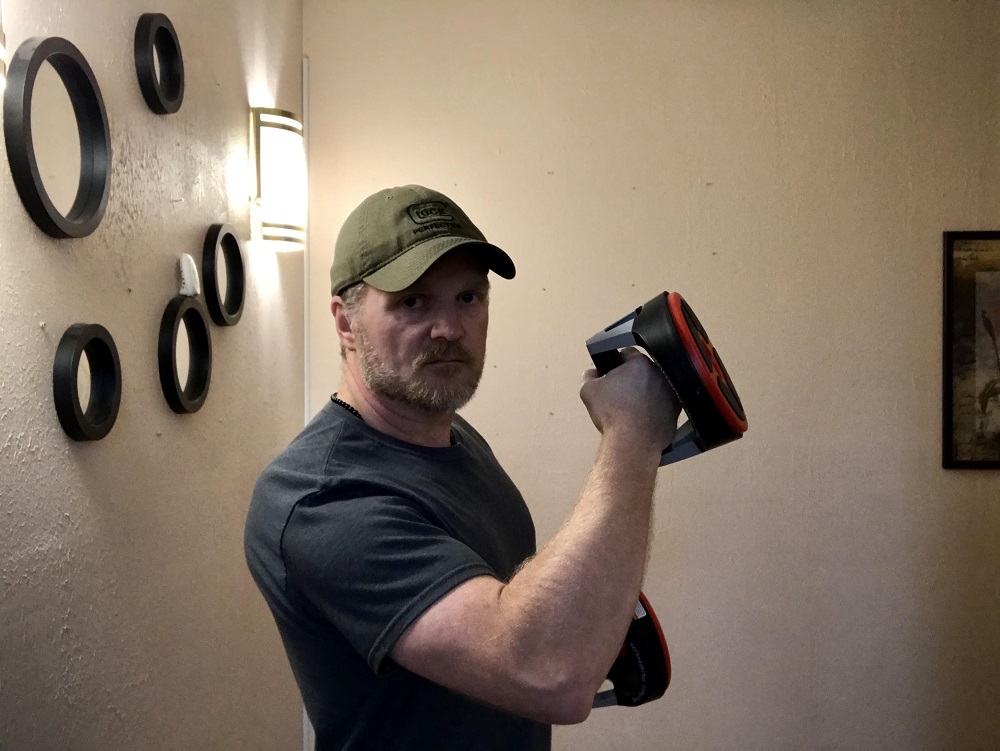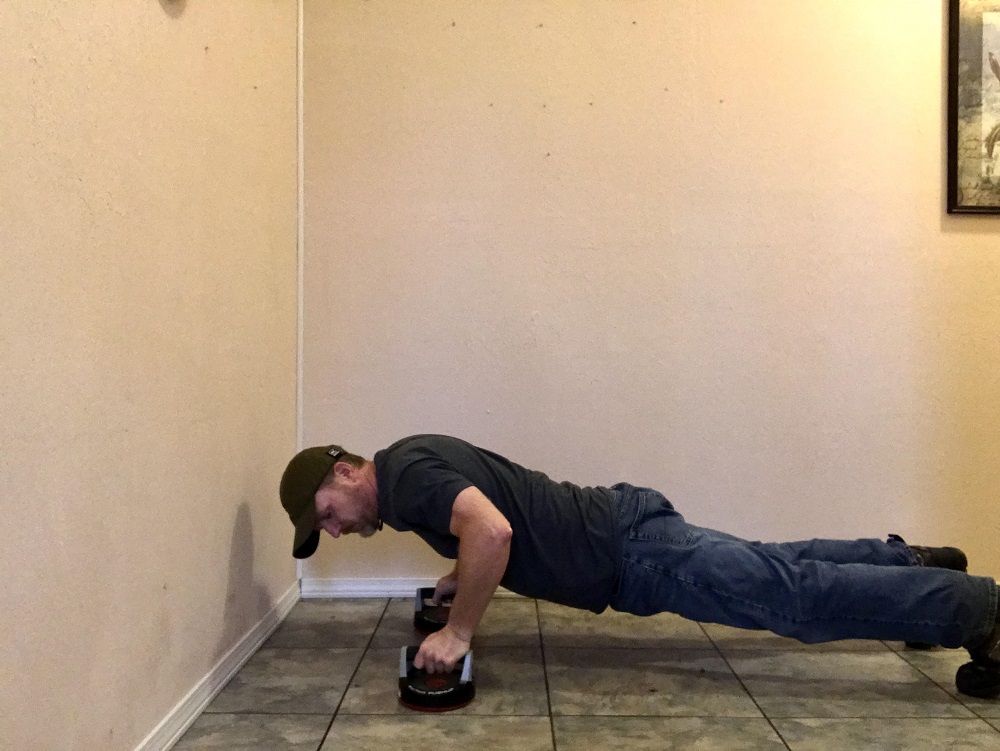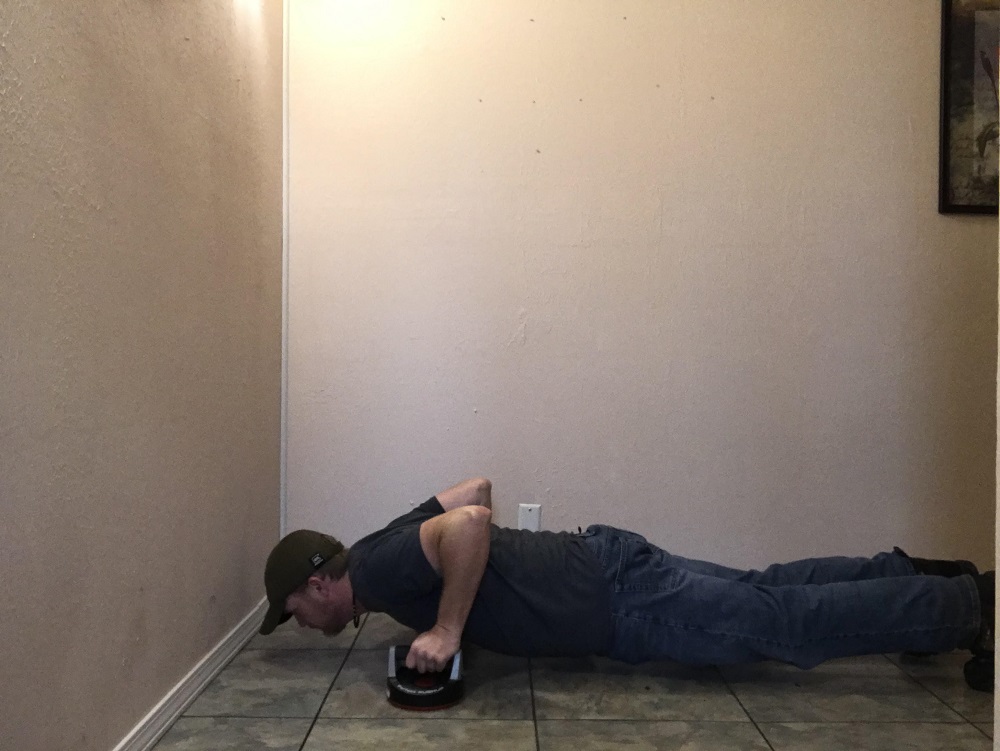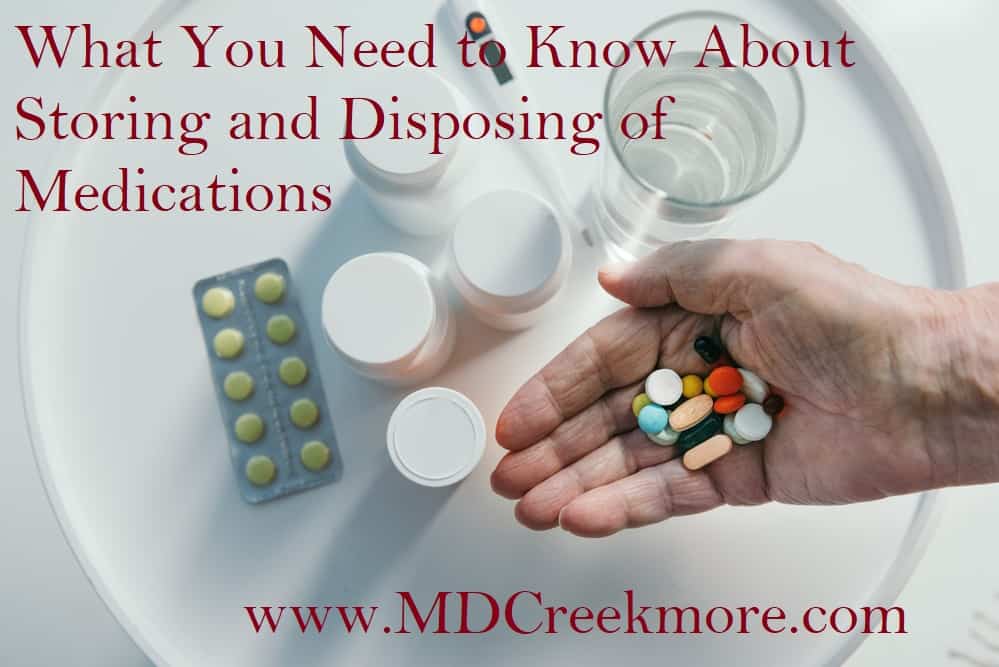
The most practical benefit of doing pushups every day is that you will gain functional strength for your body. The muscles that the pushup works – your core, your triceps and biceps along with the deltoids – are often the most used body parts each day.
Functional activities such as lifting boxes, carrying objects or other activities become easier as you learn to activate all of the various muscle parts of your body. These muscles are strengthened because they are activated as a means of support for performing the actual physical act of a pushup. From an aesthetic perspective, someone with a strong upper body and abdomen can appear very fit.
There are very few exercises that activate and strengthen multiple muscle groups, and the pushup is definitely one of the best of them. Compound exercises, performed in ways such as 50 pushups a day, force your heart to work harder.
The heart must not only pump blood to fuel the arm and its movement downward but also pump blood into your abdomen’s muscles. The continuous pumping of the heart improves cardiovascular endurance and can have very tangible effects such as reducing body fat or improving heart health.
There is much discussion as to why the push up is more difficult to execute than a regular bench press motion. After all, one might argue that there is a similar movement going on between both motions.
The stretching of the back muscles and the tricep work together in a functional “stretch” of each muscle. When are you doing 50 pushups a day, you might feel a strange click or movement inside these muscles as you perform the exercise. While alarming at first, this is a beneficial move for your functional strength as it prevents injuries from occurring along with providing an aesthetic of strength.
What is the difference between doing pushups versus free weights?
In order to delineate the difference, one must first establish what a push up is. When you do 50 pushups a day, it is important that you obey proper form techniques in order for the movement to be successful.
Most people, when preparing to do pushups, will get on their knees and put their hands on the floor or some kind of surface to provide stability. The main goal of the pushup exercise is to create a flat, parallel movement to the ground which works each of the aforementioned muscles.
After placing your hands in front of you, ensure they are positioned shoulder-width apart and form a ninety-degree angle to the ground. While it is commonly disputed as to what exact position you must bend your arms, move them downwards while keeping your back in as straight a line as possible without your pelvis touching the ground.
After getting your arms to around 45 degrees, you can begin to withdraw from the position by “pushing yourself back up”. When you perform 50 pushups a day, it is important to check for form on each repetition.
This exercise as described has some very inherent limitations. The muscle groups that are worked are solely within the exercise, such as your arms – the triceps, the biceps, deltoids – and the abdomen. You cannot simultaneously engage lower body muscles such as calves, quadriceps or other groups that need to be worked on.
Free weights are superior to pushups in this sense because there are expansive compound exercises that allow you to work the entire body.
Furthermore, the exercise does not allow for you to carry more than your body weight. As you perform your 50 pushups a day, you are working against gravity in order to strengthen your corresponding muscles. Without free weights, the only resistance you will fight is your body weight.
This can sometimes prevent those with well-built strength from being able to continue to grow.
What should I expect after doing 50 pushups a day for a month?
When you perform 50 pushups a day for a month, you will have worked that muscle group for 30 days. If you have not done 50 pushups for a day in a long time, it is likely that you will see tremendous benefits. Consider the logic of such a statement – if you have not worked a muscle before, it is likely that the strange movement your body perceives will shock it into action.
In the first month, you might see extended weight loss around the deltoid, tricep and bicep region. Many obese and heavily stocked individuals often have fat that is concentrated in these areas, so it will improve your overall aesthetic and image of yourself.
Furthermore, you should be able to see at least some marked improvements in functional strength over this time.
When you do 50 pushups a day for a month, you will also be working a muscle that you have not worked before. The body does not typically respond well to being put into positions where this is the case. One might feel tremendous soreness in the upper body and abdomen area for some time in the first week.
After a few weeks, your body should be able to get used to the resistance or force being put onto these areas and eliminate the overstress that leads to soreness.
It is important to mention that repetitions may often bring about physical or mental fatigue.
At times, despite having run a good set of 50 pushups the day before, you might quickly grow tired of the exercise. In other cases, you might feel that you can run through the 50 pushups without a problem.
Solutions for these problems can include executing the proper form, but at a quicker tempo, or increasing resistance by loading free weights as you perform the exercise. If you are fatigued, consider shorter bursts of 5 sets of 10 pushups in order to meet your goal. The shorter bursts will help you focus on your exercises,
What should I expect after doing 50 pushups a day for a year?
You might encounter many of the same problems for a month when you do 50 pushups a day for a year. More often than not, the body will end up getting used to the repetitions and the corresponding force. One solution for doing 50 pushups a day for a year is to increase the volume that you do each day.
The only time that this should be your solution is if you are performing the exercise with the proper form and you do not feel physically fatigued or at risk of injury. Increasing tempo or resistance in the exercise can also go above and beyond the traditional route of doing 50 pushups a day for a year.
One might be intrigued by this option if they are bored or mentally fatigued, as it requires increased focus in order to prevent back damage. Often, many who perform 50 pushups a day will drop in form so changing up how you train each muscle group can be worthwhile.
The human body is notoriously slow. One can eat a lot of food and eventually gain the same amount of weight in a few days that they lost in a month. By doing 50 pushups a day for a year, you are encouraging your body to produce human growth hormone.
You are working with several muscle groups for the primary exercise as well as stability. When you engage a lot of muscle groups, you will release human growth hormones into the rest of your body. Muscle building can be particularly difficult for older men and women, as HGH production tends to decline as opposed to the high prevalence in young adults.
It is recommended that one continues to add other exercises to their regimen so as to not exclusively limit themselves to one muscle group. As a reminder, the muscle groups worked are mainly upper body and abdomen areas. By utilizing free weights, one might be able to execute other exercises for other muscle groups to promote holistic muscle growth over one year.
What To Do if You Can’t Do It Right Away?
If you cannot do pushups right away, it is okay. Many people are often heavily or morbidly obese, and it would be illogical to expect their arms to be able to hold up or stabilize a large amount of mass. Many experts recommend an abbreviated form of the pushup, where the person executing the exercise is on their hands and knees, rather than stabilizing their lower body with their feet.
Even doing 50 pushups a day with this exercise to begin will build up strength. The feet typically stabilize the abdomen, so there should be a renewed focus on ensuring that as you rock forward from your knees, you are contracting your abdomen or can feel the movement.
By simulating the upper part of the exercise, you are able to perform the exercise at a lower angle for increased ease. Many people, after building up strength by performing the exercise with this form, are able to graduate into regular form pushups as described in earlier sections.
It is important to take caution in how you perform these exercises because if you do not execute them with proper form or neglect to notice when an injury may occur, you can have significant issues with performing everyday activities.
The benefits of using Perfect Fitness Perfect Pushup Elite
Many people often think that performing 50 pushups a day can be boring. This is certainly the case for many avid gym participants, as they have done hundreds of repetitions each day. It is important to remember that as you execute these movements, the back and triceps are stabilizing your body.

Often, you might feel a chaotic movement or loss of balance for just a few seconds. The Perfect Fitness Perfect Pushup Elite (the link goes to Amazon.com where you can see the price – I’m not allowed to post the price here because it’s against Amazon policy) can be a great tool for your pushups because they force you to contract your muscles in order to maintain stability.
The grips allow you to stay steady and work on a better definition for the rest of the muscle groups that are worked in your body.
Much discussion has been given to ensuring that as you perform your 50 pushups a day, that you remember to maintain the proper form. Weight distribution is often a significant issue, as leaning towards one arm or the other can make your upper body appear disproportional.
This can often be spotted on those especially those who use free weights, as one side of the body is doing more of the lifting of the exercise than the other.
 When doing 50 pushups a day with the Pushup Elite, the groups distribute the weight evenly to loosen the stress put on elbows and other joints that are often plagued by bad form when executing the pushup.
When doing 50 pushups a day with the Pushup Elite, the groups distribute the weight evenly to loosen the stress put on elbows and other joints that are often plagued by bad form when executing the pushup.
Beginners, intermediates and experts alike can utilize this product because it allows for different use. Beginners who cannot perform the regular form can maintain a higher angle of movement, better simulating the movement of a pushup.
Intermediates can use the Pushup Elite in order to stabilize their upper body or test their overall strength. Experts often utilize this product by elevating their feet and increasing the weight that is put on the grips.
Check out the Perfect Pushup Elite at Amazon.com
The 50 Pushups a Day Challenge
The pushup challenge is a simple, yet difficult exercise. Many people are often extremely busy and forget to do their pushups. Many blame this on mental fatigue, as they do not see immediate benefits or feel pain. It is important to push through all of these things and report your progress.
Take pictures of your body so that you have progress points and can physically see how your body is changing.
If you see abnormalities or one side of your body growing faster than the other, it might be worthwhile to change your form. By seeing yourself do 50 pushups a day, you can create consistency, better health, and a better life for yourself.


 The former estimate of 108,000 is difficult to interpret because respondents were not asked specifically about defensive gun use.” It should be noted that the book/study does its best to discount any use of firearms in defense, however, at no point does data support their assertions. Rather, the data clearly supports the use of firearms in defense.
The former estimate of 108,000 is difficult to interpret because respondents were not asked specifically about defensive gun use.” It should be noted that the book/study does its best to discount any use of firearms in defense, however, at no point does data support their assertions. Rather, the data clearly supports the use of firearms in defense. Pressure should be used on the head and trunk (body, not arm or leg) injuries. Using a clean cloth if possible, fold it and press firmly on the wound, hold a firm pressure and maintain that pressure until the paramedics arrive. Stopping the bleed is far more important at this stage than preventing infection.
Pressure should be used on the head and trunk (body, not arm or leg) injuries. Using a clean cloth if possible, fold it and press firmly on the wound, hold a firm pressure and maintain that pressure until the paramedics arrive. Stopping the bleed is far more important at this stage than preventing infection.


 Free the mind and the body will follow…
Free the mind and the body will follow…
